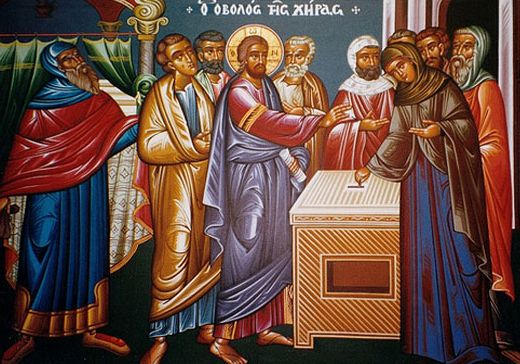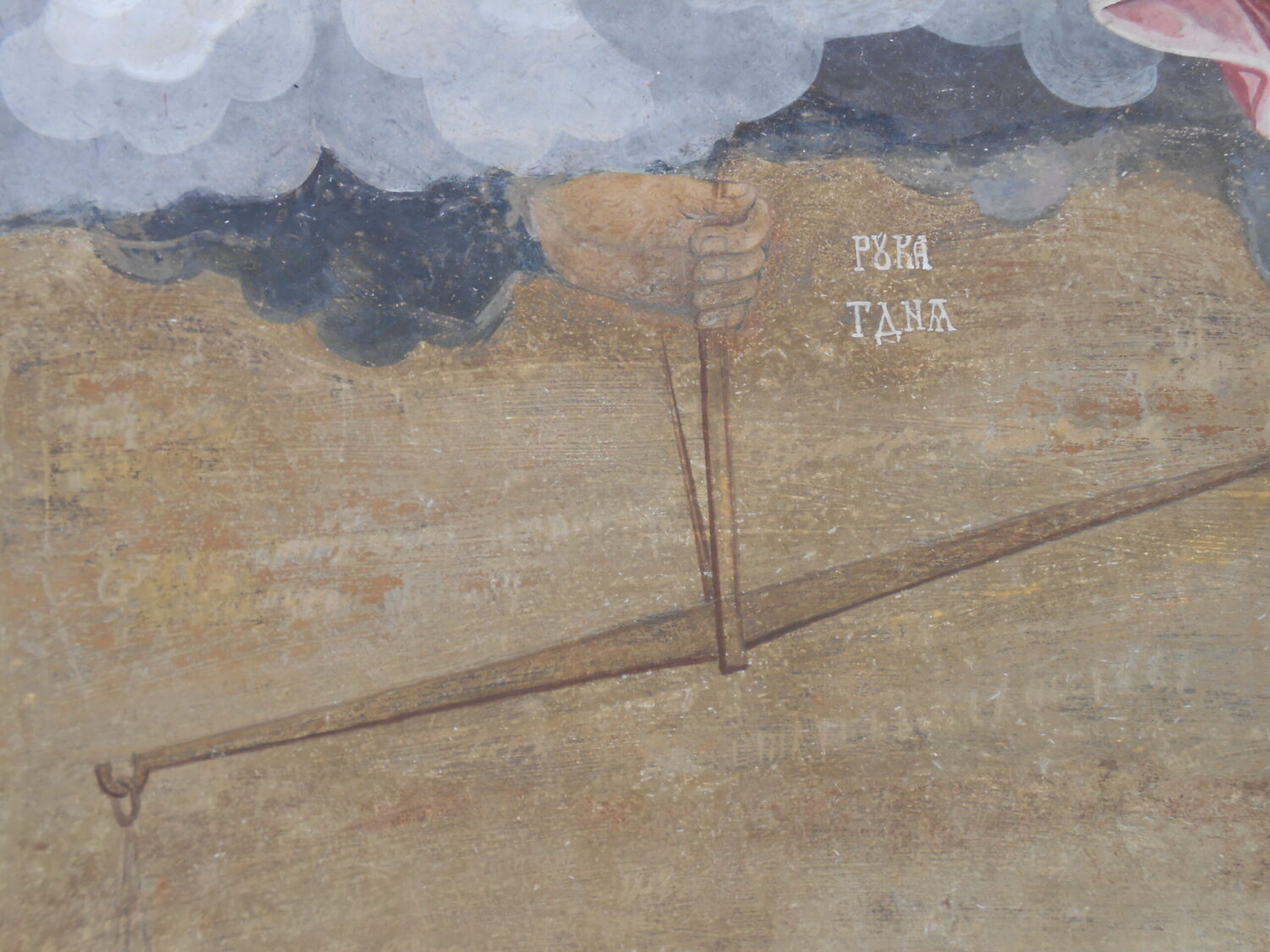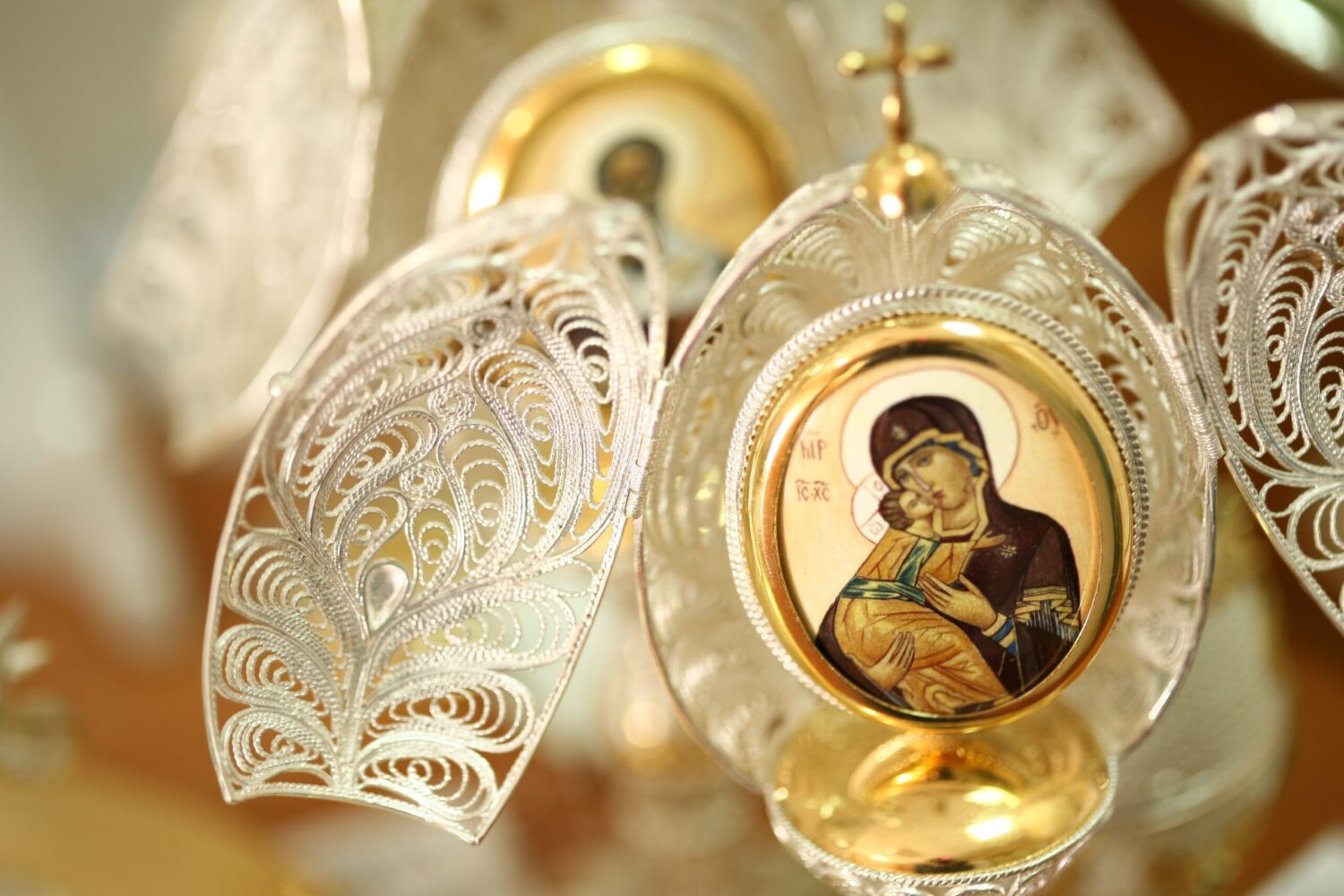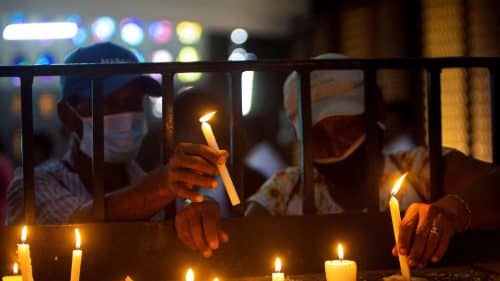This United Religions Initiative’s (URI) Interfaith Peacebuilding Guide to support the foundational work of forming and sustaining interfaith groups begins with methods for promoting tolerance, respect, and understanding among peoples of diverse faiths and for reducing prejudices and stereotypes. It seeks to build skills for creating and sustaining a safe, productive group environment, including decision-making, creating a shared vision, developing shared leadership, and for overall communication. For those groups wanting to become outwardly active in their community or beyond, it includes a range of practices for peacebuilding that offer options that can be matched to the capabilities and interests of most grassroots interfaith groups.
This guide presents an approach to peacebuilding that focuses on the positive power and potential of human beings — the capacities for peace inherent in every human system — and it draws the analytical focus to that positive potential for the purpose of more effectively mobilizing it. It combines the sharing of new knowledge and drawing out of the experience and wisdom already within the group in a powerful combination that builds confidence and creativity in interfaith peacebuilding.
It complements existing peacebuilding methodologies with a unique interfaith perspective with three phases: (1) We engage in deep personal reflection and ground ourselves deeply in our own faith tradition. (2) Out of appreciation and respect for ourselves and others, we develop our capacity to deal with our differences. (3) We apply our insight and experience to actively contribute to the efforts of peacebuilding in the larger community.
Focus on the Special Role of Interfaith Groups
There are many manuals and books written for peacebuilders. This is a guide for interfaith peacebuilders. It therefore brings a distinctive perspective to peacebuilding and is grounded in the values and the special potentials that communities of faith and especially interfaith bodies have for transforming conflict.
A document of the World Conference on Religion and Peace describes those potentials this way:
“Many religions possess social and moral characteristics that give them the potential to act as constructive forces for peace and conflict transformation. Dispersed throughout societies and often organized at the national and international levels, religious communities represent significant potential channels for communication and action. Religious traditions establish ethical visions that can summon those that believe in them to powerful forms of committed action.” (Cynthia Sampson, “Conflict Transformation Commission Seventh WCRP World Assembly: Preparatory Document,” World Conference on Religion and Peace, Amman, Jordan, November 25-29, 1999).
The potential of religious and spiritual communities for making an impact for peace is multiplied when you consider the principles upon which interfaith groups are founded and the commitment to peace and understanding these groups display merely by virtue of their existence. This commitment is eloquently captured in the principles of the United Religions Initiative (see Resources Section of this guide).
Grounded in a Positive-Change Perspective
Positive approaches to peacebuilding pay particular attention to local resources for change — those strengths, capacities, and best practices and experiences — that are present in every culture and can be more actively mobilized for peacebuilding. They focus on what gives life to the system and work to strengthen those factors, rather than placing a primary focus on analyzing root causes of the conflict for the purpose of reducing them. Many of the activities in this guide are grounded in a positive-change approach. One such methodology, Appreciative Inquiry, connects people to these peace-generating resources and uses them to help create a shared vision of the future and to mobilize for action.
Basic Principles for Leading Interfaith Activities
Here are some basic principles that the designers of this guide consider to be essential for leading interfaith activities.
Establishing Equality
Religious and spiritual traditions offer different paths in the discovery of truth(s). In interfaith gatherings we assume that all members of the different faith traditions are equal. In interfaith work for peacebuilding, equality is a central core value.
Developing a Culture of Pluralism and Inclusion
A foundational value and principle of interfaith community-building and peacebuilding is pluralism. It recognizes the right of diverse faith traditions to coexist without promoting one view of religious truth. The interfaith group must never be a space for attempts at conversion. On the contrary, interfaith peacebuilding is precisely a forum for promoting inclusion of all faiths and all voices. There are, indeed, still boundaries that distinguish the diverse religious and spiritual identities brought into the interfaith circle. In the interfaith context, however, these boundaries must not be held up or manipulated to exclude another or to establish a sense of religious superiority on the part of some.
Source: United Religions Initiative ~ Interfaith Peacebuilding Guide, August 2004, pp. 16-17 Introduction. Web: www.uri.org














